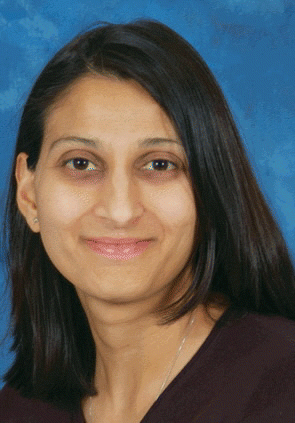According to Ms. Haidari, most of the measures from the progam that otolaryngologists are using involve perioperative care-including selection, timing, and discontinuation of antibiotic prophylaxis, as well as use of venous thromboembolism prophylaxis when indicated in all patients.
Explore This Issue
December 2008Despite a strong initial push to get members to participate in this program, however, reporting among otolaryngologists is quite low, said Ms. Haidari, primarily because many of the measures do not apply to the members or members do not meet the requirements for reporting (e.g., reporting requires a certain caseload).
According to Dr. Nielsen, the academy is also asking members to get involved in developing metrics. We need evidence-based guidelines that we can use as the foundation for building evidence-based performance measures that will serve as foundation for evidence-based pay for performance, he said.
Need to Develop Own Metrics
To ensure that appropriate and accurate measurements are developed, otolaryngologists-head and neck surgeons will need to play a more active role in developing their own metrics.
To do this, physicians will need to focus first of all on metrics that are useful. According to Manali Amin, MD, an otolaryngologist at Children’s Hospital, Boston, there are several marks of a useful metric: It is easy to measure; it encompasses many physicians; it measures a common clinical problem or procedure; it measures a procedure or treatment that has some associated morbidity, complication, or cost; and, perhaps most important, it serves as an impetus to change.
This last part is key, said Dr. Amin. A metric is useful only if after seeing the results a surgeon, for example, is compelled to make a change.
 By developing our own metrics, we have the opportunity to review them and modify them until we are satisfied that they are meaningful. We do not expect the metric to be perfect from the start.
By developing our own metrics, we have the opportunity to review them and modify them until we are satisfied that they are meaningful. We do not expect the metric to be perfect from the start.-Manali Amin, MD
Of critical importance is the need to define a metric in an exact way so that others can also apply the metric to their practice. For example, Dr. Amin’s group has come up with a metric for measuring post-tube otorrhea rates. We have defined drainage from the ears between seven and 30 days after placement of tympanostomy tubes, she said. We are interested in looking at this metric to determine what our rate actually is and whether there are factors that we can adjust to reduce the incidence of otorrhea.
This is an example of what Dr. Amin defines as a metric to measure a narrowly defined outcome. Along with this type of metric, Dr. Amin emphasized the importance of practices to develop metrics that also measure the broad overview outcomes of a practice. In our practice, we have chosen to use our morbidity and mortality rates as a broad overview of individual outcomes, she said.
Leave a Reply